For Daniel Kayamba, a junior at Columbia College Chicago, the Museum of Contemporary Photography’s current exhibition, “In Real Life,” doesn’t just show the future of art but also the future of government surveillance.
“I feel like a conspiracy theorist,” Kayamba said. “The government is watching us and it went from good to bad.”
The exhibition titled is a collection of multimedia works by seven artists from around the world. The focus is the technology surrounding artificial intelligence, machine learning and surveillance.
Notes accompanying the exhibit state that, “with a charged underpinning of human biases, these pieces … present a speculative near-future wherein the socio-political consequences of AI have already begun to compromise how we visualize the world—and our humanity.”
“In Real Life” displays a variety of media, including “Seoul City Machine,” a film by artist Liam Young, which was scripted by AI.
This exhibit comes as the issue of personal privacy invasions grows ever more critical and alarming to civil libertarians. Chicago is one of the most surveilled cities in the world and has almost 13 cameras per 1,000 residents.
“It’s like [the government is] using surveillance to have power over us,” Kayamba said. “Something like this exhibition was bound to happen.”
Also featured are interactive pieces that allow you to dress up to hide from surveillance cameras and craft your own anti-facial-recognition mask based on the face of one contributing artist Leo Selvaggio.
Selvaggio’s work, “URME Surveillance,” addresses the issue of being surveilled. His collection opens with a wall of security cameras that follow you as you walk into the next room to continue viewing his work. From there, Selvaggio’s work focuses on ways for civilians to make their own body cameras and anonymity masks. There is also a piece in which viewers can try on a realistic, 3D-printed mask of his face as they’re surrounded by security mirrors.
The exhibition guide notes that “[in] Selvaggio’s dystopic near-future, the viewer must disguise—and ultimately, radicalize—themselves in order to protect their individual identities, and by extension, their humanity.”
The exhibit also features work by Artist Stephanie Dinkins. Dinkins’ video work depicts her conversations about race and heritage with an AI robot named Bina48. She talks to Bina48 on issues of race raised by the increase in AI and machine learning.
In an interview featured in the exhibit guide, Dinkins said she is trying out various methods of modeling AI.
“I encourage people who think they are not part of the technological future to get involved,” she said.
“In Real Life” is on display now at the Museum of Contemporary Photography, 600 S. Michigan Ave., and will run through March 29.

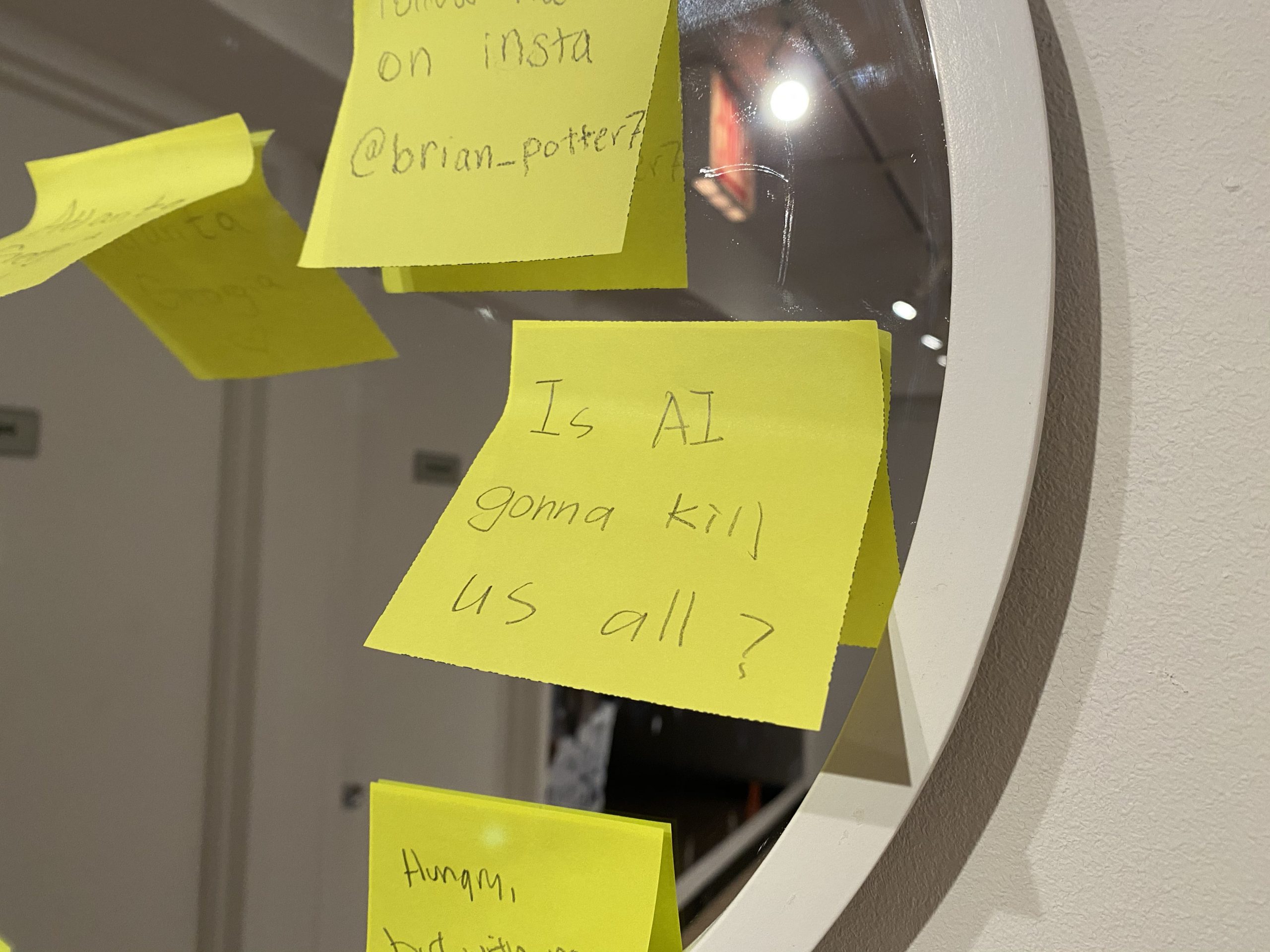
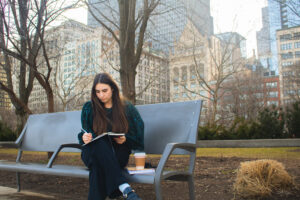


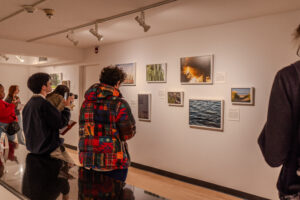


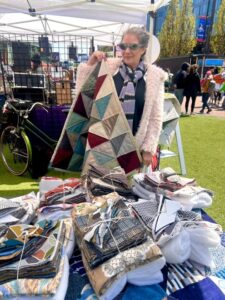
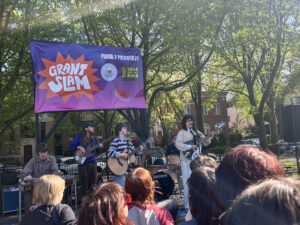

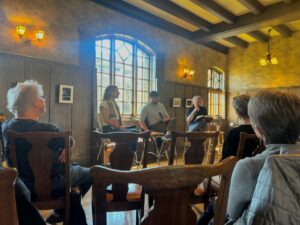
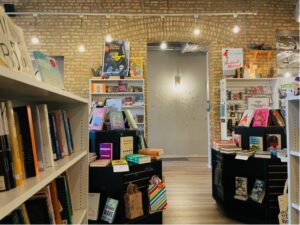


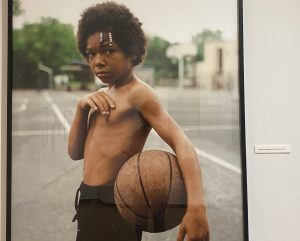

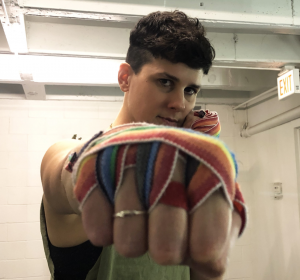
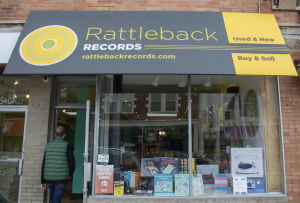
Be First to Comment